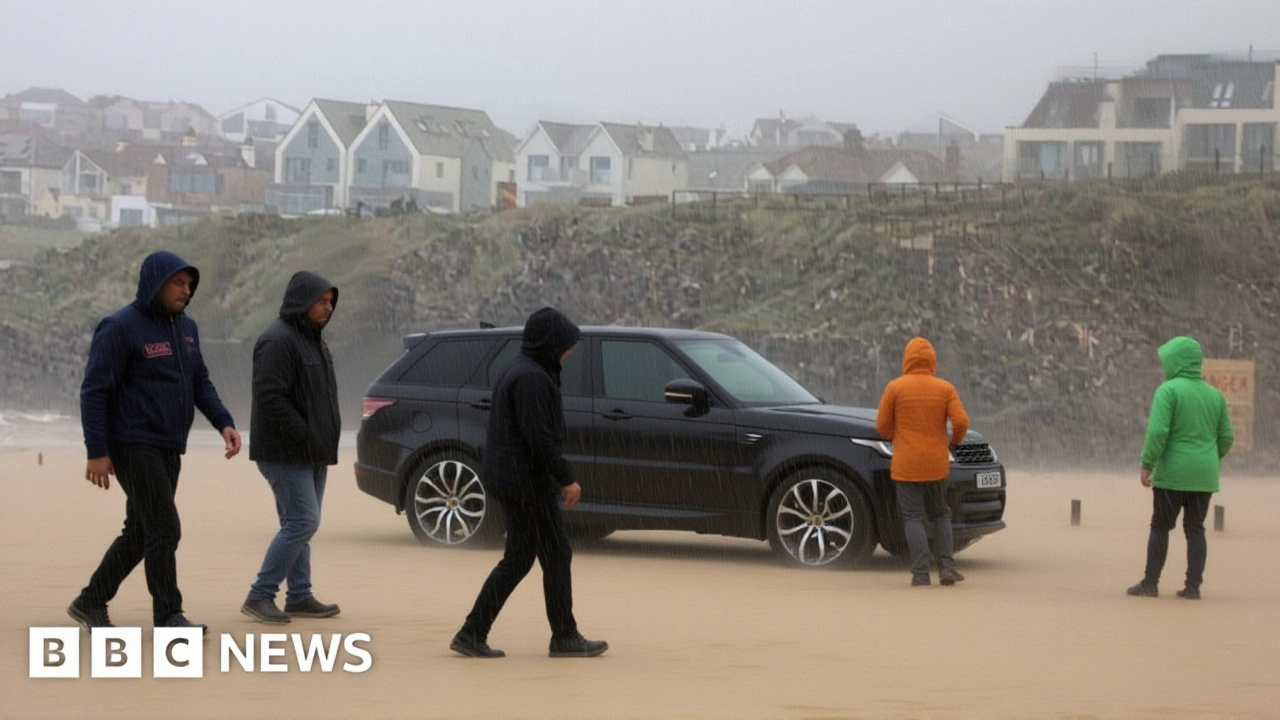Science – Your Hub for Weather, Storms and Meteorology
When talking about Science, the systematic study of the natural world using observation, measurement and experiment. Also known as natural science, it provides the framework that lets us understand anything from a single atom to a global weather system. One of the most visible branches of this framework is Weather, the day‑to‑day state of the atmosphere, including temperature, precipitation and wind. Weather is more than a forecast you read on the phone; it’s the daily expression of complex atmospheric physics that science tries to decode.
Another key player in the science story is Storm, a rapidly moving system of high winds, heavy rain or snow, often accompanied by thunder and lightning. Storms are the dramatic outcomes when weather variables line up in a particular way, and they illustrate how Science encompasses Weather. The discipline that pulls all this together is Meteorology, the scientific study of the atmosphere and weather processes. Meteorology requires tools like radar, satellites and computer models, and it feeds back into better storm warnings. In practice, Weather influences Storm formation, and Meteorology studies Storm patterns to improve forecasts. Those forecasts, in turn, help utilities prepare for power outages caused by high‑speed winds.
Beyond the immediate events, scientists are watching how Climate Change, the long‑term shift in temperature and weather patterns driven by human activity reshapes the whole picture. Climate Change drives more intense Storms, which means more frequent power outages and greater strain on infrastructure. Understanding these links is why the articles below matter: they break down the latest research, show real‑world impacts, and give you practical tips on staying safe when the wind hits 90 mph. Dive into the list to see how science is turning raw data into actionable insight, and discover which trends are reshaping our weather future.
The Old Farmer's Almanac and Farmers' Almanac predict a white Christmas 2025 for the Northeast, Upper Midwest, and Ohio Valley, with dramatic winter weather expected from December 21, 2025, to March 20, 2026, impacting travel and shipping.
Storm Floris hit northern UK on Aug 4 2025 with 90 mph winds and heavy rain, causing power outages and transport chaos, while highlighting a shift toward summer storms.


 Motorsports and Racing
Motorsports and Racing